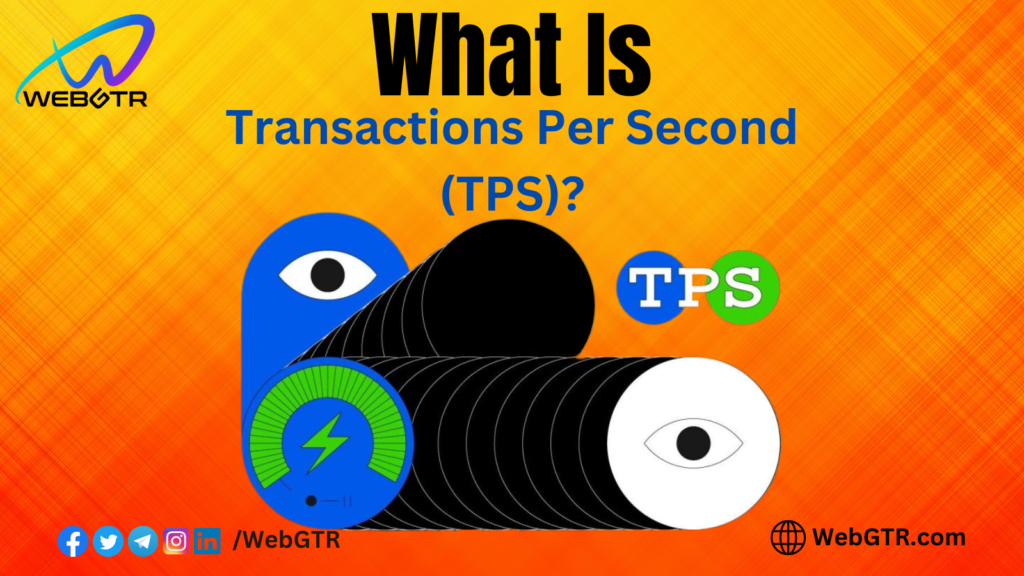
Within the domain of blockchain technology, the metric known as transactions per second (TPS) stands as a pivotal indicator of a network’s transaction processing capacity within a single second.
The Bitcoin blockchain, as a prominent example, demonstrates an approximate average TPS of around 5, albeit with occasional variations. In stark contrast, Ethereum boasts the capability to handle a rough doubling of that transaction load.
The advancement of technologies that amplify the transaction throughput of blockchains has emerged as a pivotal focus of research over the years. These decentralized networks present an entirely new set of challenges in terms of their potential to scale effectively to meet surging demand.
Yet, the issue transcends mere augmentation of TPS. Conventional centralized databases can already adeptly manage thousands of transactions every second. For instance, VISA efficiently oversees a daily transaction volume of 1,500 to 2,000. This prompts the question: Why not readily opt for these existing solutions? The crux of the matter is that Bitcoin, Ethereum, and other blockchain platforms aspire to rival such efficiency while steadfastly upholding a high degree of decentralization.
This lofty ideal of decentralization, however, incurs a trade-off involving performance and security. Consequently, the scalability solutions in play must not merely elevate the network’s operational speed but also uphold the full array of desirable blockchain attributes. Without this intricate balance, a blockchain effectively devolves into nothing more than an inefficient form of database storage.
Looking for Blockchain Development, NFTs, Website Design, Token Creation, or Other services? Reach out to us at WebGTR. Let’s discuss and bring your vision to life.
Website | Twitter | Instagram | Telegram Official Group | WhatsApp


Leave a Reply